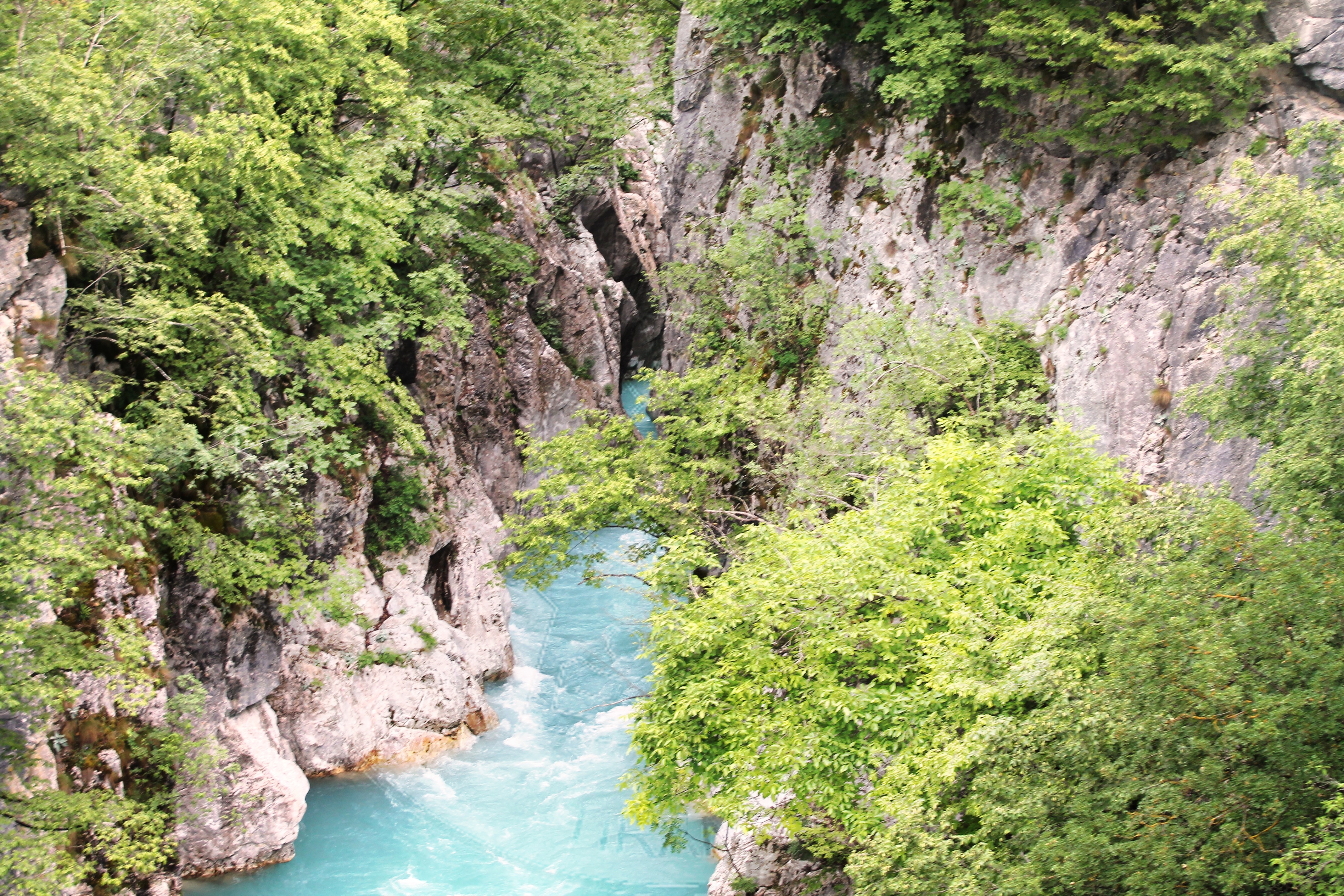Gashi River (Tropoje) and Rrajca (Perrenjas), with Ahutian forests are included in the UNESCO World Heritage List. In Krakow, Poland, the World Heritage Committee, which approved the extension of the world heritage of primary forests in the Carpathians and other regions of Europe (Albania, Austria, Belgium, Bulgaria, Croatia, Germany, Italy, Romania, Slovakia , Slovenia, Spain, Ukraine)
Gashi River (Tropoje) and Rrajca (Perrenjas), with Ahutian forests are included in the UNESCO World Heritage List. In Krakow, Poland, the World Heritage Committee, which approved the extension of the world heritage of primary forests in the Carpathians and other regions of Europe (Albania, Austria, Belgium, Bulgaria, Croatia, Germany, Italy, Romania, Slovakia , Slovenia, Spain, Ukraine).
Beech Forests in Rrajca are part of the National Park Shebenik-Jabllanice, which is now turned into a tourist destination in Southeast Albania.
“While the Gashi River Protected Area was included by the Albanian authorities as the Strict Nature Reserve IUCN, in 1996,” Voice of America reported.
The area has an area of 3,000 ha and is located northeast of the Albanian Alps in the Kukes Region, the district of Tropoja, far from the inhabited center. Known Albanian nature researchers and Protected Area Agencies in Kukes and Elbasan worked on the file of two Albanian natural areas that will now be protected by UNESCO.
According to Albanian researchers, these areas currently represent the ‘last islands’ of wild virgin forests left in Albania. In the UNESCO World Heritage List are included the Albanian Antiquity of Butrint, the Historic Cities of Gjirokastra and Berat, which are protected in series, as well as in the Oral Real Estate is accepted the Albanian Isopolitan.
Albania is expected to submit to UNESCO the file for the appointment of the Albanian part of Ohrid Lake since the Macedonian part of this lake, which has two-thirds of the surface, is part of the World Heritage since 1979.
This cross-border expansion of the world heritage sites of the Carpathian primary forests and the German beech forests (Germany, Slovakia, Ukraine) extends to 12 countries.
Since the end of the last glacier era, European beech has spread from isolated shelters to the Alps, the Carpathians, the Mediterranean and the Pyrenees for a short period of several thousand years in a process that is still ongoing. This successful expansion is related to the flexibility and tolerance of the tree in different climatic, geographical and physical conditions.
The 41st Session of the World Heritage Committee (9-12 July), led by Jacek Purchla, founder and director of the International Center of Culture in Krakow, continued to write the places on the World Heritage List until yesterday, 9 July.
Get it from mapo.al

